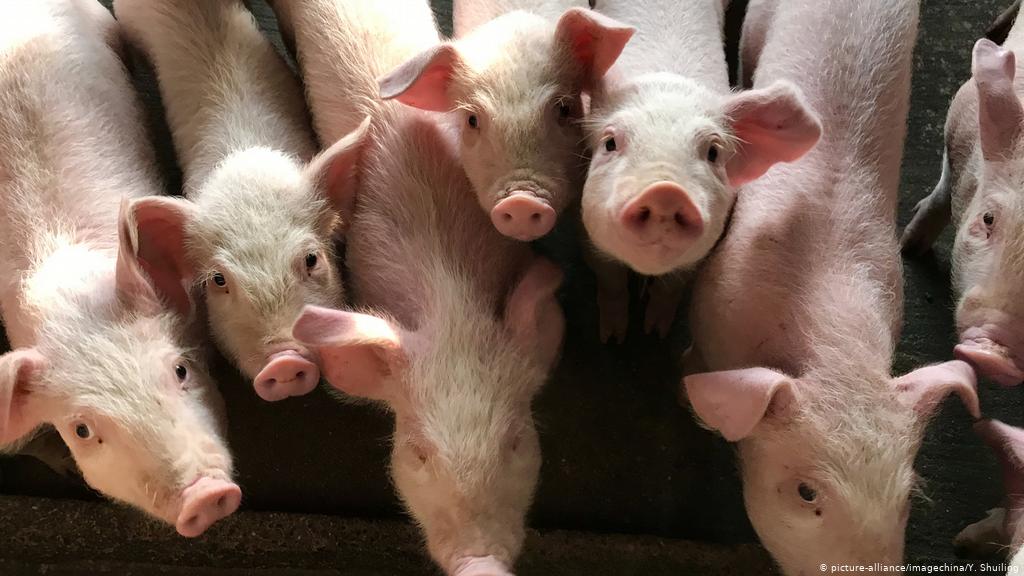Scientists Discovered A Flu Virus In Pigs That Can Potentially Lead to The Next Pandemic
 Thirsty for JUICE content? Quench your cravings on our Instagram, TikTok and WhatsApp
Thirsty for JUICE content? Quench your cravings on our Instagram, TikTok and WhatsApp

Scientists have discovered a new strain of swine flu in China that has the potential to trigger a pandemic. The new flu strain, named ‘G4 EA H1N1’ is a genetical descendant of the swine flu in 2009.
According to the study published Monday, 29 June, the virus has the potential to infect humans and while it’s not an immediate problem, scientists say the virus has “all the hallmarks of being highly adapted to infect humans.”
Between 2011 to 2018, scientists found the G4 strain after testing 30,000 pigs during that period.

Over the 7-year period, scientists from China’s Centre for Disease Control and Prevention and Chinese universities took nasal swabs from 30,000 pigs in 10 slaughterhouses across China provinces.
Based on the study, the researchers found 179 swine influenza viruses, and the majority was the ‘G4 EA H1N1’ strain which showed a sharp increase in pigs since 2016.
Researchers have carried out various tests on ferrets, which are widely used in flu studies because they experience human-like symptoms. Scientists found that the virus is highly infectious in tested ferrets and was able to replicate in cells that line airways in humans.

Tests also show that humans who gained immunity from exposure to seasonal flu did not gain protection from the G4 strain.
So far, only animal to human transmission has been found. According to blood tests, 10.4% of swine workers had already been infected with the virus and additional tests indicate that 4.4% of the general population have been exposed to the G4 virus.
There hasn’t been evidence that it can be passed from human to human, which is the scientists’ main concern. Professor Kin-Chow Chang and colleagues, who are studying the virus, said it hasn’t posed a big threat yet but we should not ignore it.
“Right now we are distracted with the coronavirus and rightly so. But we must not lose sight of potentially dangerous new viruses,” he was quoted by BBC.

Martha Nelson, an evolutionary biologist who studies pig influenza viruses says that this study shows a tiny glimpse into swine influenza strains in China, which has 500 million pigs. She thinks the dominant G4 strain found is interesting, but it’s hard to know whether its spread is a growing problem due to the relatively small sample.
“You’re really not getting a good snapshot of what is dominant in pigs in China,” she adds while stressing the need for more sampling.
The researchers of the study said that “controlling the prevailing G4 EA H1N1 viruses in pigs and close monitoring in human populations, especially workers in the swine industry, should be greatly implemented.”
According to scientists, flu viruses are constantly changing and existing vaccines will not protect against the G4 strain, which is why flu vaccines will need to change regularly to keep up.
Click here for more news.


 Get Audio+
Get Audio+ Hot FM
Hot FM Kool 101
Kool 101 Eight FM
Eight FM Fly FM
Fly FM Molek FM
Molek FM

